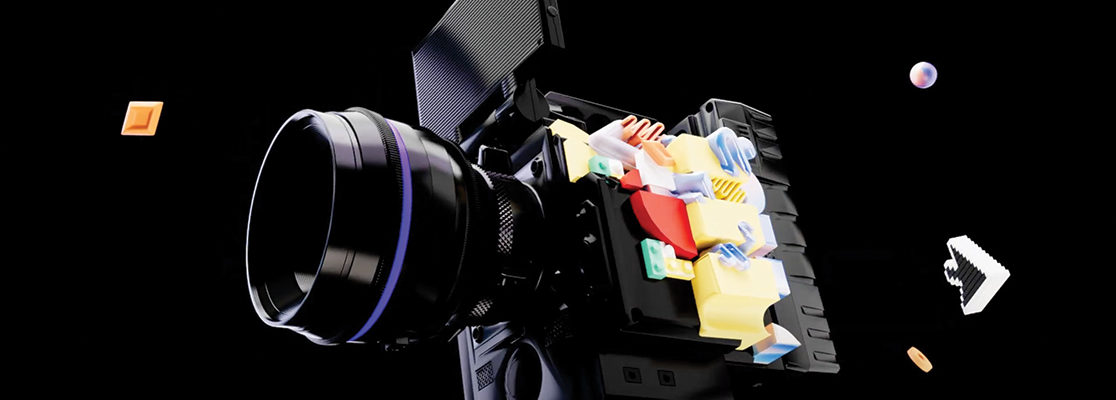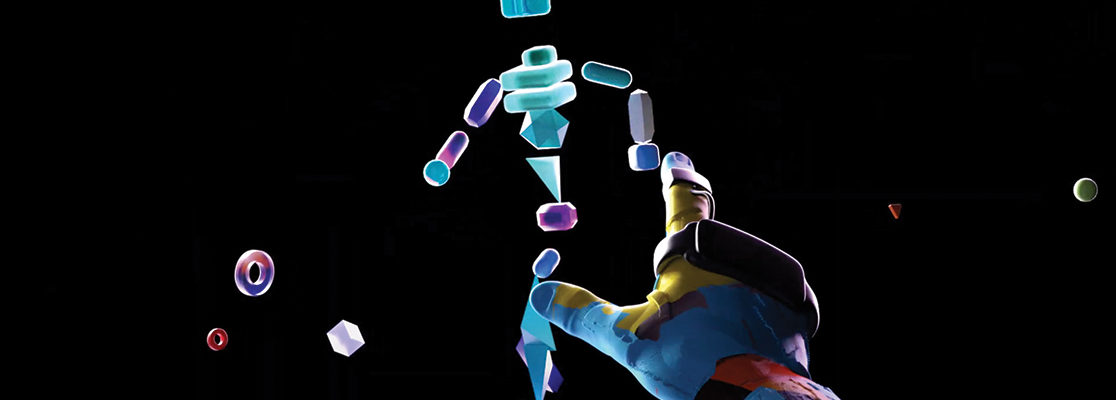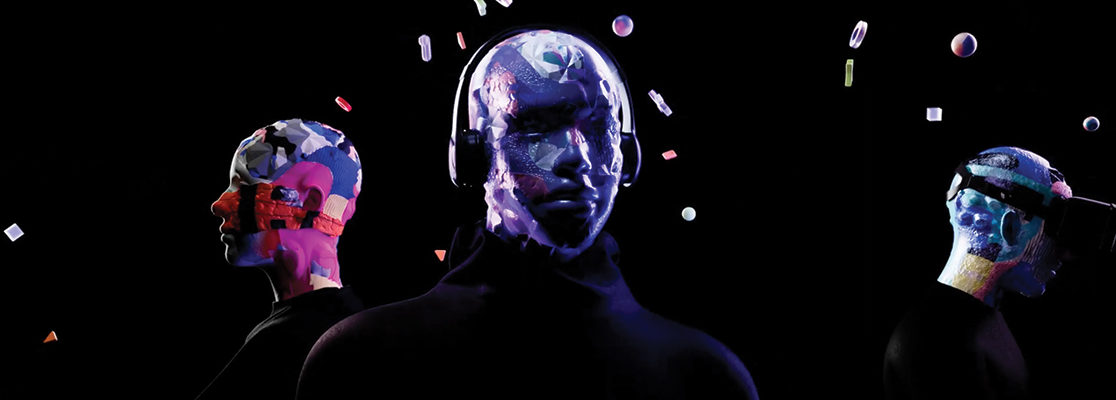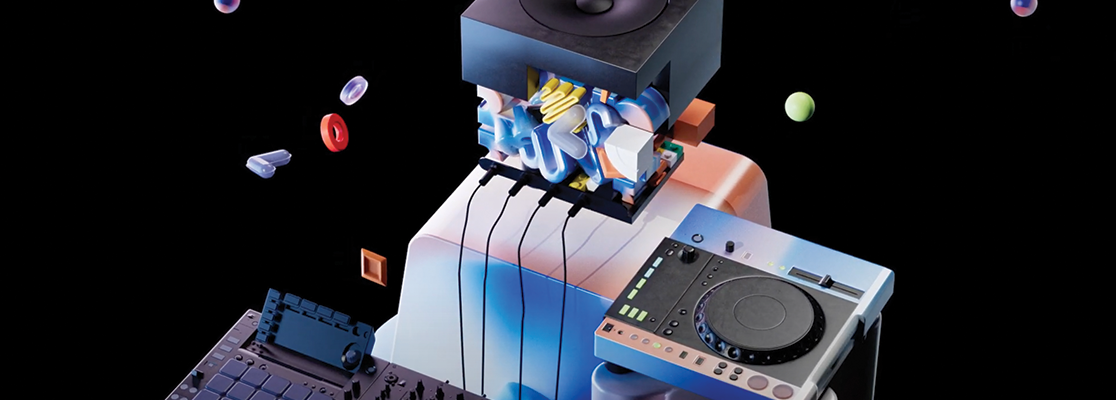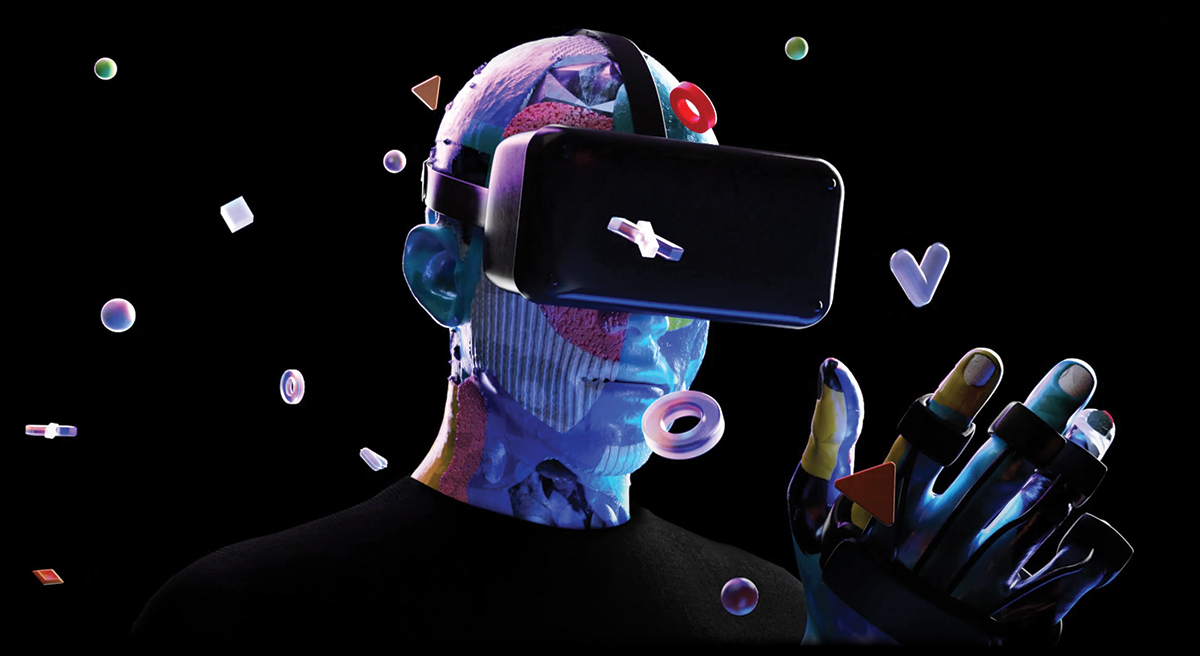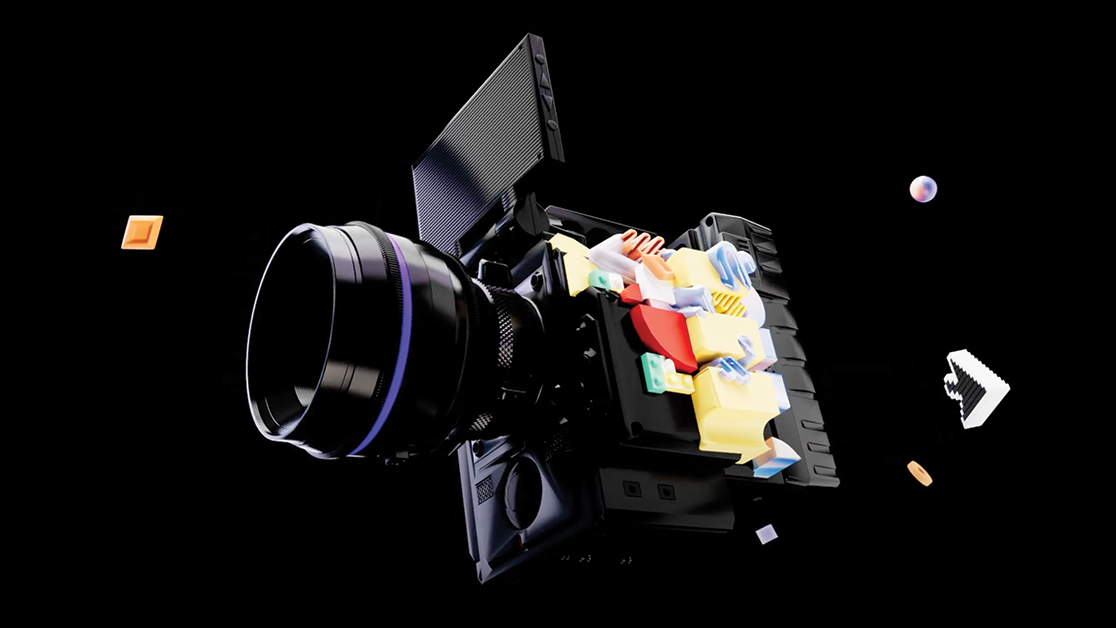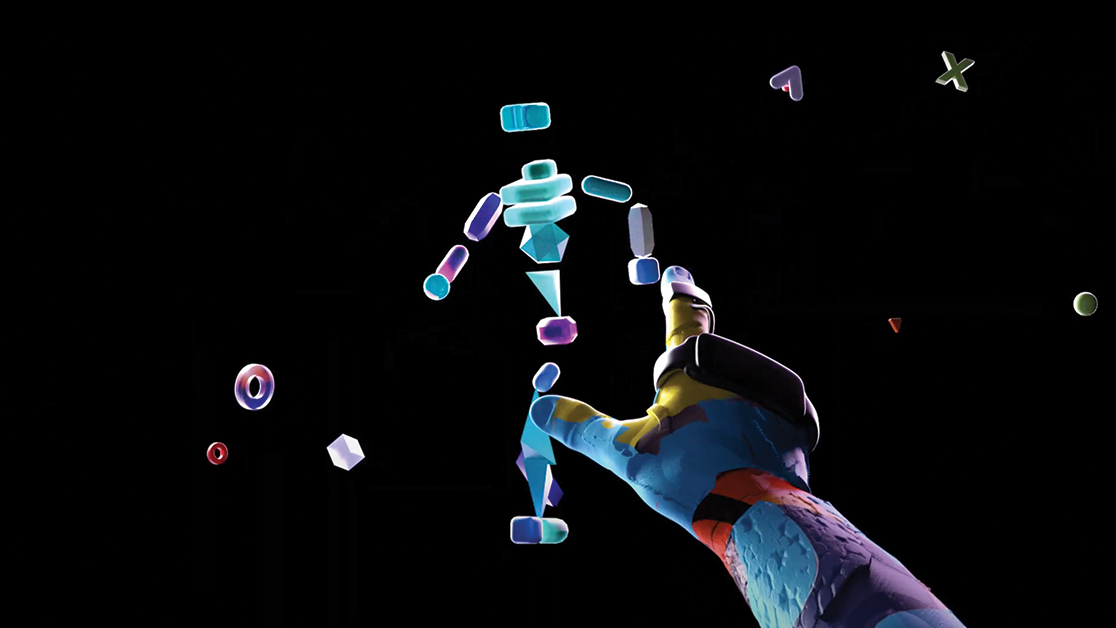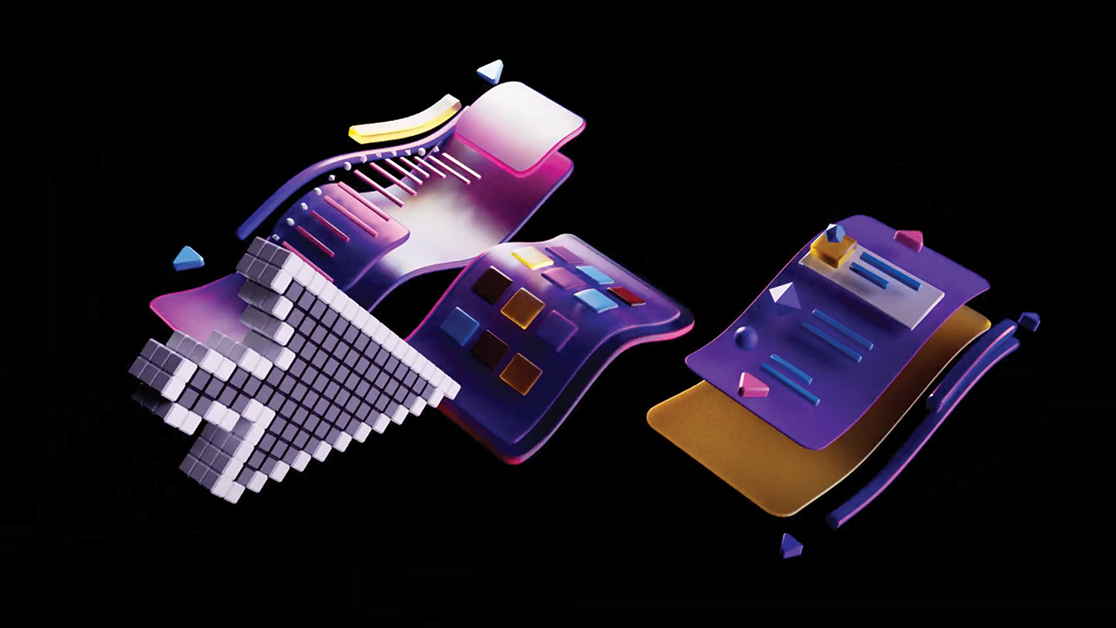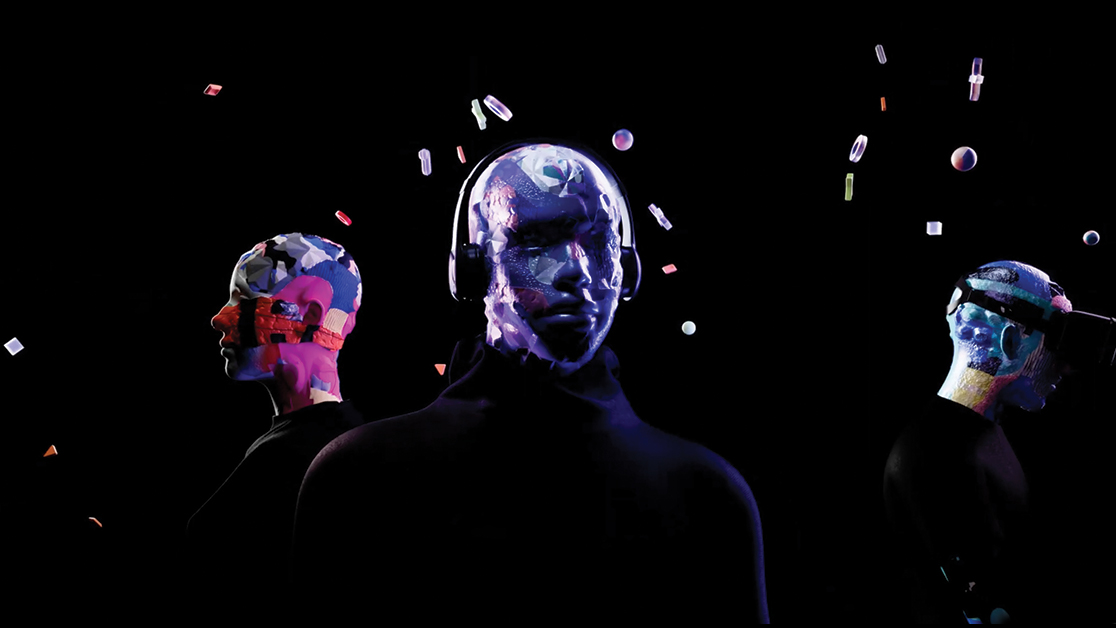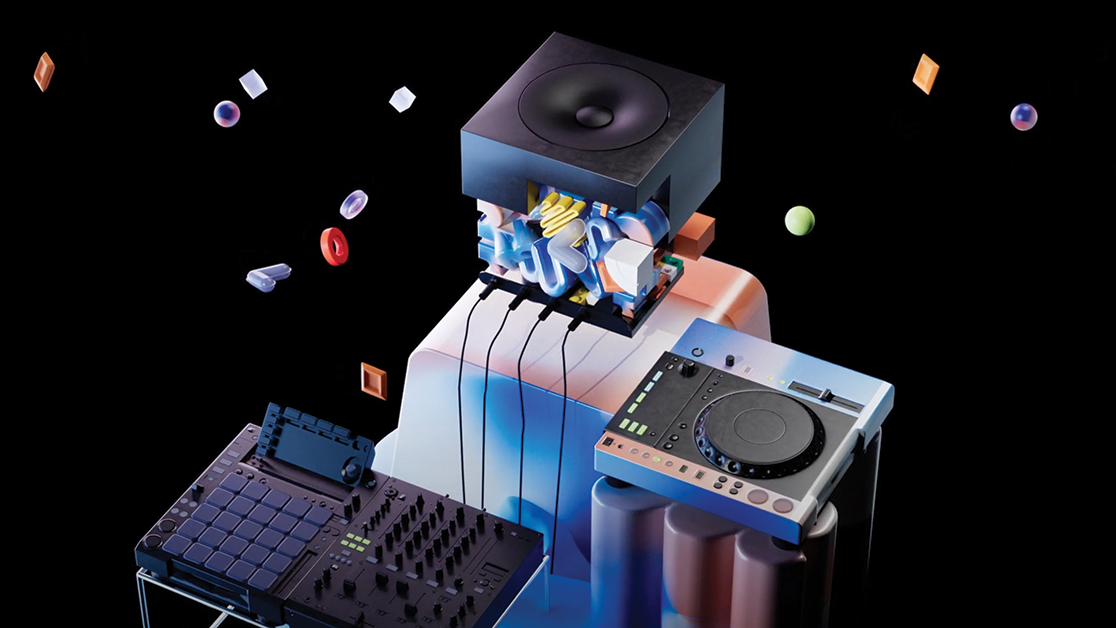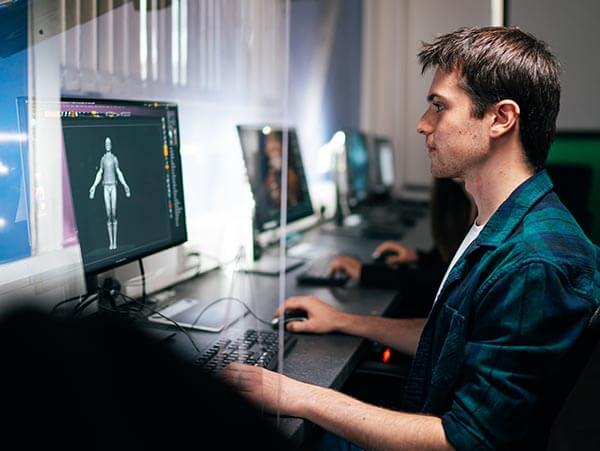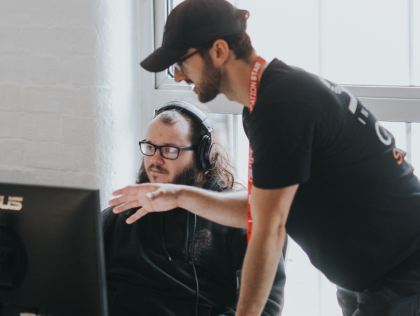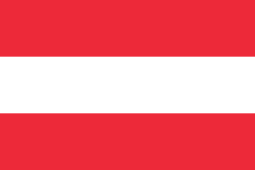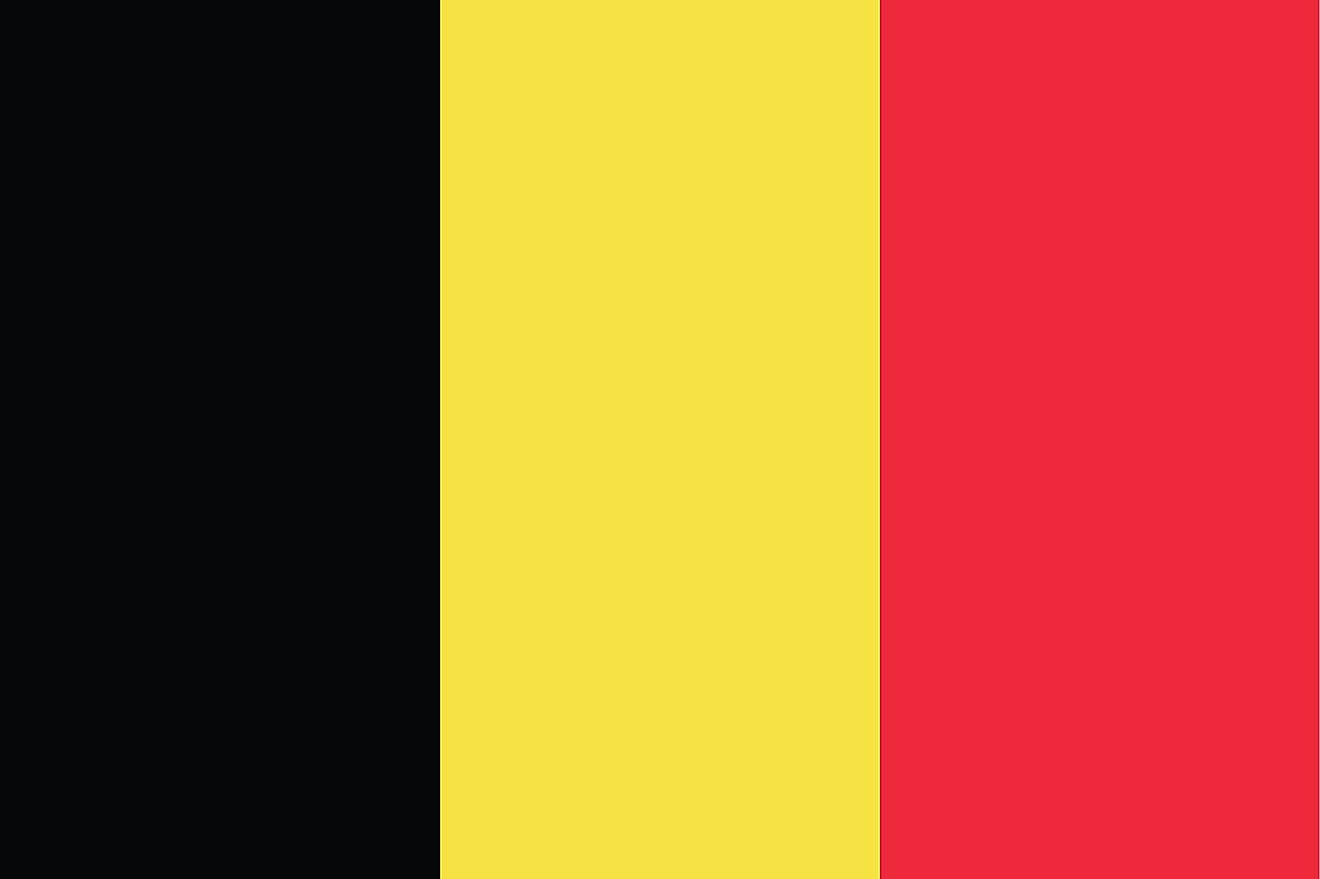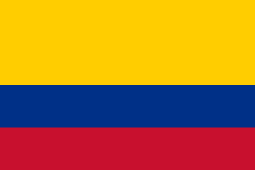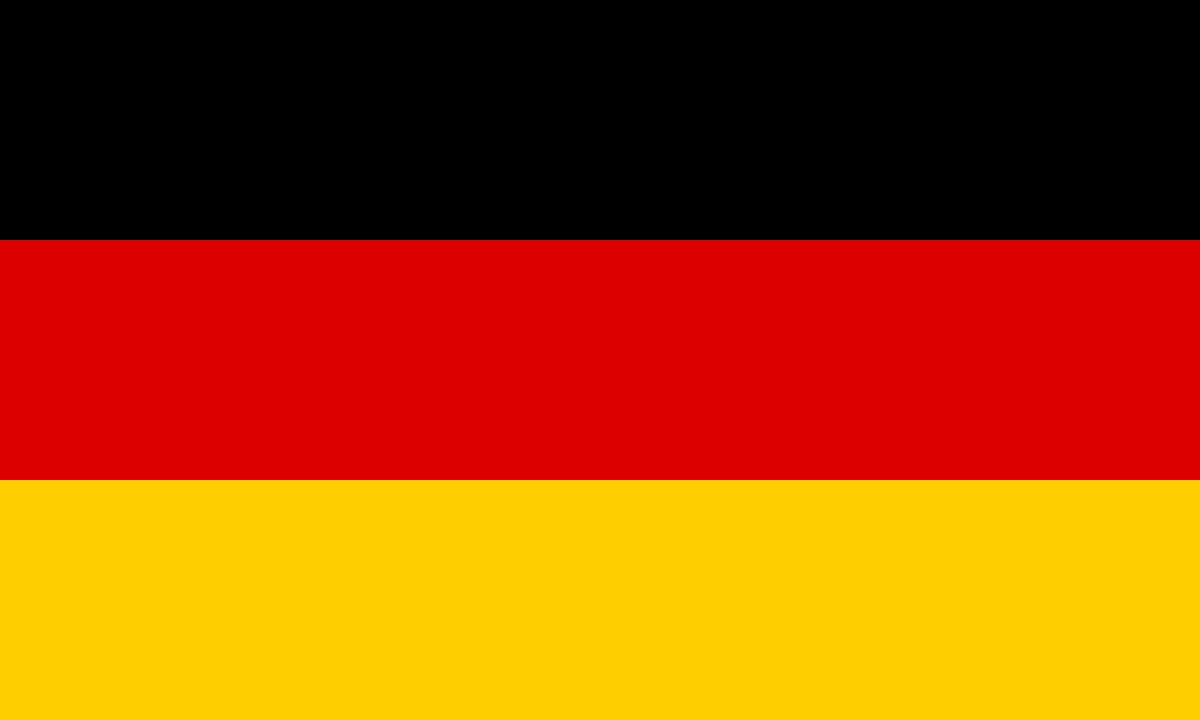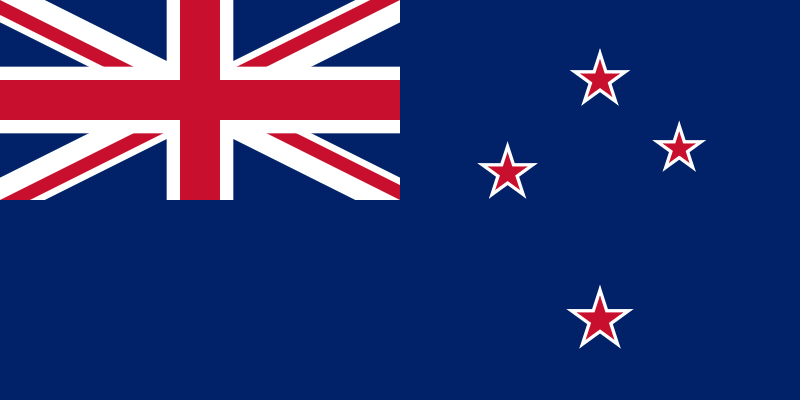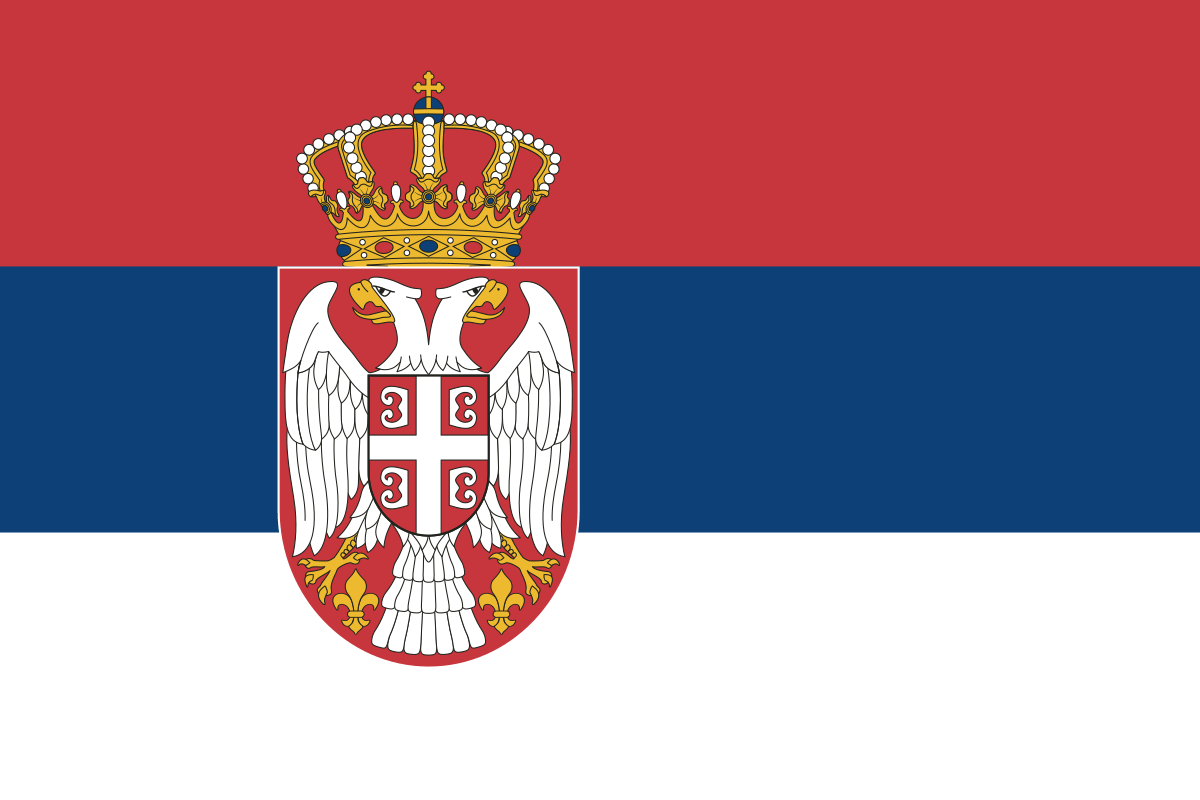BA (HONS) VISUAL EFFECTS AND ANIMATION DEGREE
Learn the visual fundamentals that can bring your creative ideas to life with a BA (Hons) VFX & Animation degree.
TWO-YEAR ACCELERATED DEGREE:
£11,440 per year
THREE-YEAR DEGREE:
£9,535 per year
The annual tuition fee is fully funded via Student Finance England for eligible home-fee students.
TWO-YEAR ACCELERATED DEGREE:
£9,000 per year
You may also be eligible for a bursary or discount, please enquire with our friendly Admissions Team.
THREE-YEAR DEGREE:
£7,500 per year
You may also be eligible for a bursary or discount, please enquire with our friendly Admissions Team.
TWO-YEAR ACCELERATED DEGREE:
£11,440 per year
THREE-YEAR DEGREE:
£9,535 per year
The annual tuition fee is fully funded via Student Finance England for eligible home-fee students.
TWO-YEAR ACCELERATED DEGREE:
£11,440 per year
THREE-YEAR DEGREE:
£9,535 per year
TWO-YEAR ACCELERATED DEGREE:
International students (non-EU/EEA/Swiss)*: £16,500 per year
EU/EEA/Swiss students*: £12,500 per year
THREE-YEAR DEGREE:
International students (non-EU/EEA/Swiss)*: £15,750 per year
EU/EEA/Swiss students*: £11,250 per year
*Student visa required
For more information regarding SAE’s EU/EEA/Swiss students bursary policy, please read the SAE UK EU Students Bursary Policy.
TWO-YEAR ACCELERATED DEGREE:
International students (non-EU/EEA/Swiss)*: £16,500 per year
EU/EEA/Swiss students*: £12,500 per year
THREE-YEAR DEGREE:
International students (non-EU/EEA/Swiss)*: £15,750 per year
EU/EEA/Swiss students*: £11,250 per year
*Student visa required
For more information regarding SAE’s EU/EEA/Swiss students bursary policy, please read the SAE UK EU Students Bursary Policy.
TWO-YEAR ACCELERATED DEGREE:
International students (non-EU/EEA/Swiss)*: £16,500 per year
EU/EEA/Swiss students*: £12,500 per year
THREE-YEAR DEGREE:
International students (non-EU/EEA/Swiss)*: £15,750 per year
EU/EEA/Swiss students*: £11,250 per year
*Student visa required
For more information regarding SAE’s EU/EEA/Swiss students bursary policy, please read the SAE UK EU Students Bursary Policy.
TWO-YEAR ACCELERATED DEGREE:
International students (non-EU/EEA/Swiss)*: £16,500 per year
EU/EEA/Swiss students*: £12,500 per year
THREE-YEAR DEGREE:
International students (non-EU/EEA/Swiss)*: £15,750 per year
EU/EEA/Swiss students*: £11,250 per year
*Student visa required
For more information regarding SAE’s EU/EEA/Swiss students bursary policy, please read the SAE UK EU Students Bursary Policy.
January and September
January and September
January and September
Offers will be made to applicants who are expected to meet, or exceed the entry requirements below, in addition to supplying a personal statement:
SAE Institute will accept non-standard entry applications, which do not meet the 72 UCAS points or equivalent, and/or maths/English at level 2 or equivalent as required:
Students whose first language is not English will need a qualification that demonstrates competence in English, equivalent to UK GCSE (Level 2) grade 4 (c) or above.
Equivalent qualifications can be accepted, where these qualifications have been verified by ENIC and are adopted widely within the UK Higher Education sector, including:
- International ESOL C1 Expert – pass in all four components
- International ESOL SELT B2 (Listening, Reading, Writing, Speaking) – minimum 33 in all components
- ESOL Integrated Skills in English II – pass in all components
*Accepted on exceptional basis for the applicants whose local test centres are affected by closures due to Covid-19
What you can expect from your ANimation degree
Make your mark on the world of visual effects and animation with SAE’s innovative degree in animation. Immerse yourself in our unique blend of vocational and academic education as you learn motion design, 2D and 3D animation and advanced compositing. Master shot development, rendering pipelines and sophisticated simulation workflows, blending theoretical knowledge and real-world application from day one.
Immerse yourself in our unique blend of vocational and academic education as you learn motion design, 2D and 3D animation and advanced compositing. Master shot development, rendering pipelines and sophisticated simulation workflows, blending theoretical knowledge and real-world application from day one.
Have your fingers firmly on the pulse of industry trends while studying this forward-thinking motion graphics degree and bring your creative visions to life. You’ll develop advanced skills using a diverse toolkit of industry-standard software packages like Autodesk Maya, Substance Painter, Unreal Engine , SideFX Houdini, Foundry NukeX, Pixologic ZBrush, DaVinci Resolve, RayFire and Adobe Creative Cloud.
Available in an accelerated 2-year format across all our campuses, so you can embark on your exciting new career sooner, or as a more traditional 3-year programme, you can choose the course schedule that suits you best.
VFX like a pro
The interdisciplinary nature of our animation and visual effects course encourages collaboration across film, gaming and audio projects, offering a rich and multidimensional learning experience. SAE’s signature collaborative approach is designed to enrich your understanding of the industry and help you cultivate the skills needed to work across different creative mediums.
As you work towards your streamlined degree in animation and visual effects, you’ll gain skills and experience relevant to a range of career opportunities. Whether you’re looking to become a character animator, concept artist, illustrator, motion designer or anything in between, your career will have the best start at SAE.
As an SAE student you’ll have access to our team of Experts who will offer support during your animation degree and guide you towards a fulfilling career in the industry. Our practical approach to learning will see you graduate with a brilliant portfolio, highly relevant work experience and an invaluable network of fellow creatives.

What you'll learn
- Explore theoretical and practical concepts relevant to the VFX industry.
- Develop technical skills across 2D and 3D animation and visual effects, then conceptualise your own projects and bring them to life.
- Gain advanced skills in industry-standard software such as Autodesk Maya, Autodesk 3ds Max, Substance Painter, Unreal Engine 4, Unity, SideFX Houdini, Foundry NukeX, Pixologic ZBrush, DaVinci Resolve, RayFire and Adobe Creative Cloud.
- Understand and navigate professional workflows for environment creation and real-time animation.
- Collaborate on projects with fellow SAE students from other disciplines, such as film, gaming and audio.
- Improve your problem-solving and teamwork skills.
- Develop a significant portfolio of work to present to industry.
- Establish a network of peer and professional connections across a range of creative industries.
- Graduate career-ready with a visual effects and animation degree from a recognised creative institute.
- Animation and visual effects courses begin in January and September.
YOUR CAREER IN VFX BEGINS NOW
COURSE STRUCTURE
The BA/BSc (Hons) Visual Effects and Animation degree is a fast-tracked 2-year course taught across 6 trimesters, or a more conventional 3-year degree which you complete over 6 semesters. It follows 3 distinct stages – each designed to help you acquire specific skills. Separating it this way sees you graduate as a well-versed VFX and animation professional with a thorough understanding of the production process from start to finish.Stage 1 (T1/S1 and T2/S2) provides a foundation of core technical knowledge.
Stage 2 (T3/S3 and T4/S4) broadens your skills, exploring new areas of video effects and animation.
Stage 3 (T5/S5 and T6/S6) is all-encompassing, covering every aspect of VFX and animation from conception to completion, including managerial aspects like project management, finance and promotion.
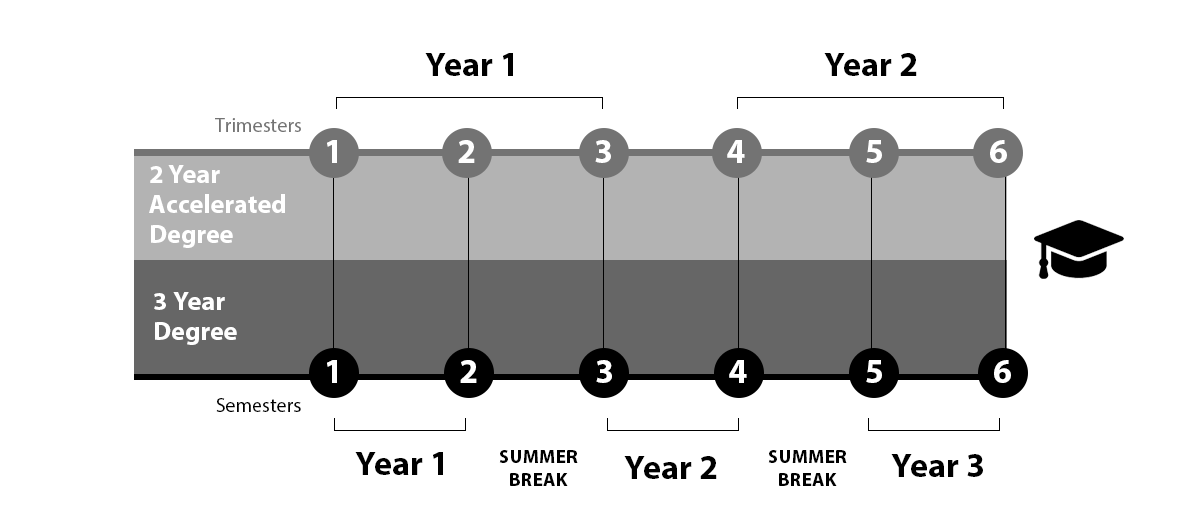
Topics include:
- VFX industry/pipeline overview
- Working with references and concepts
- Understanding file formats (pixel / vector / lossless etc.)
- Aesthetics in cinema
- Film analysis
- Live shot visual properties
- Digital image editing
- Layer-based compositing
- Time management
Topics include:
- Principles of 3D
- Low-poly modelling
- High-poly modelling
- Topology
- UV mapping
- Texturing basics and shading
- Render to texture
- Presentation techniques
Topics include:
- Lighting setups for live action
- 3D lighting basics
- 3D camera techniques
- Advanced texturing and shading
- Linear workflow
- Rendering
- Compositing for 3D (node-based)
- Project management
- Copyright
Topics include:
- Vector graphics
- Principles of animation
- Storyboarding/animatic
- 2D animation (thumbnailing)
- Rigging
- 3D animation
- Layer-based compositing (packaging)
- Academic writing (using a standard referencing system)
- Research
Topics may include:
- Animation
- Simulation and physics
- Fluid animation
- Look development
- Shading and rendering for FX
- Compositing for FX
Topics may include:
- Modelling for VFX
- Lighting
- Shading
- Rendering
- Compositing
- Colour Correction and grading
- Matchmoving
Topics may include:
- Critical evaluation
- Problem solving
- Autonomous learning
- Industry-ready production techniques
- Modelling
- Prop Art
- Technical art
- FX art
- Animation
- Rendering
- Compositing
Topics may include:
- Modelling
- Prop art
- Technical art
- FX art
- Animation
- Rendering
- Compositing
Tools & Software


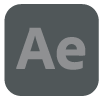

WHY STUDY VISUAL EFFECTS AND ANIMATION AT SAE?
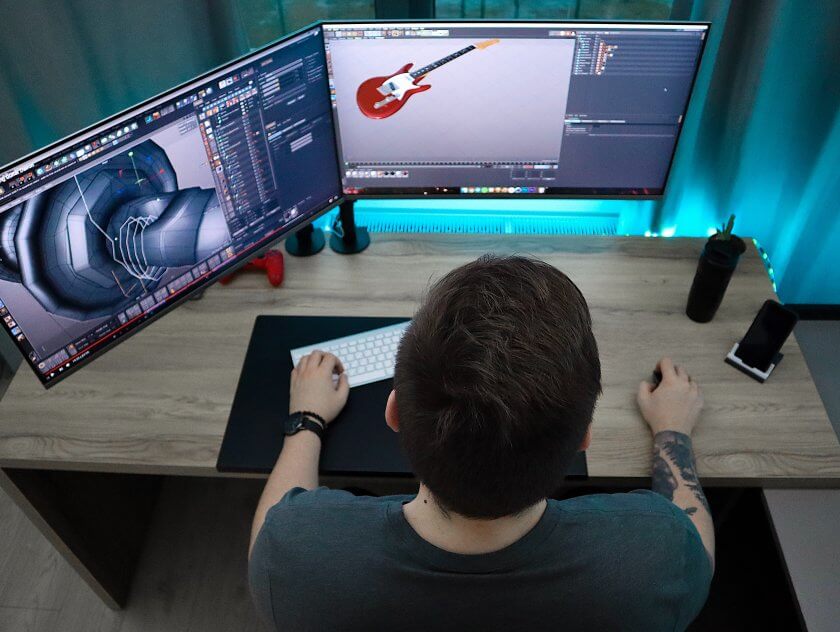
Accelerated learning
Choose to finish your visual effects and animation degree in just 2 years, so you can dive into your career sooner and incur lower course and living costs. Or complete your studies across the standard 3-year university period so you can take full advantage of your summer breaks.
Creative collaboration
Join forces with your fellow SAE animation degree students, along with those from other disciplines, to realise your creative potential.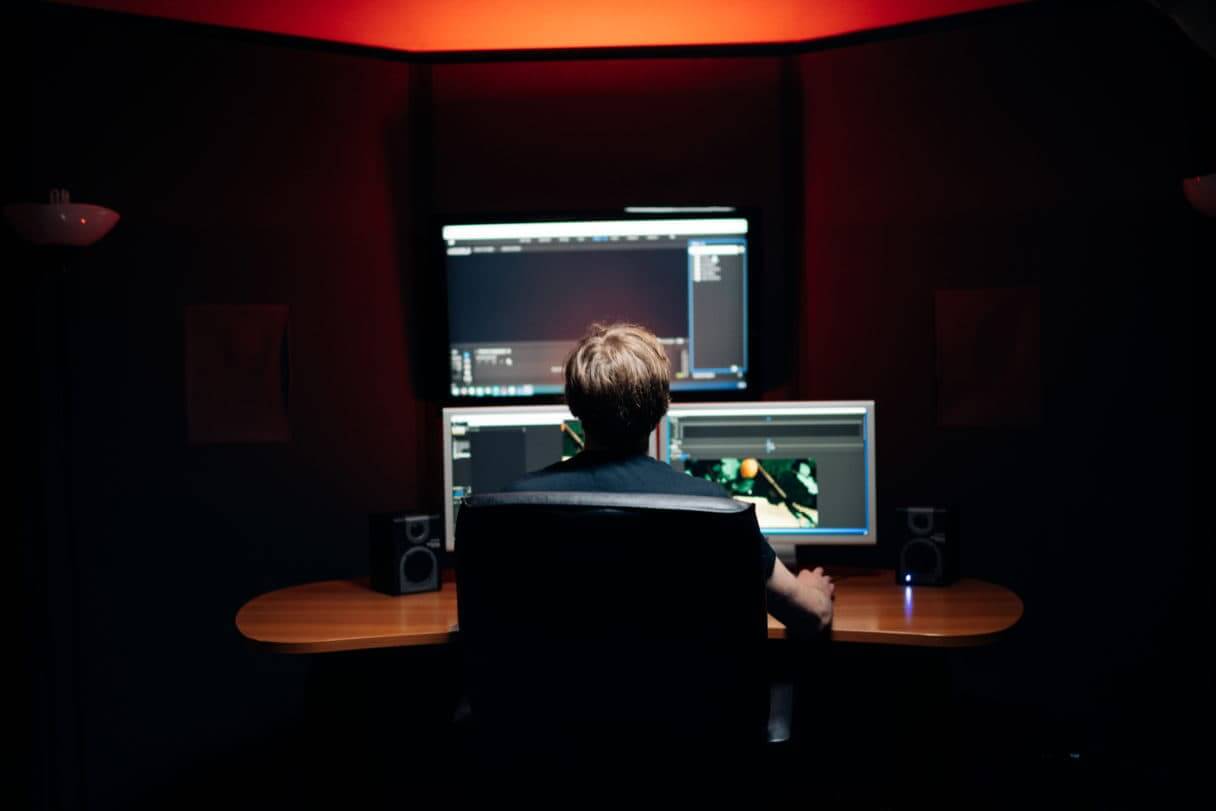
Career Outcomes
What Jobs will this course lead to?
- Character Artist
- Environment Artist
- Technical Artist
- Production Coordinator
- Quality Assurance
- Motion Designer
- Lighting Artist
- Lighting Technical Director
- Animator
- Character Animator
- Illustrator
- Layout Artist
- 3D Generalist
- Concept Artist
- Graphic Designer
- 2D Artist
- Rigging Technical Director
- Compositor
- Freelance Artist
- FX Artist
- Roto Artist
- Previs Artist
- Matchmove Artist
- Texture Artist
- Look Development Artist
- Pipeline Technical Director
- 3D Modeller
- Visualisation Artist
- Matte Painter
- VFX Supervisor
- Art Director

START YOUR VISUAL EFFECTS AND ANIMATION CAREER TODAY
Apply to study the BA/BSc (Hons) Visual Effects and Animation degree and embark on your creative career sooner.
Course FAQs
We are looking to see an applicants’ best and most refined artwork in whatever medium they choose, and should evidence their creativity and technical skill. You are welcome to contact our admissions team for advice on what you should include.
You can provide a PDF document or a personal URL with your artwork. Traditional artwork should be scanned and submitted in a digital image format like JPEG, or as part of a PDF.
While we would recommend that anyone who is studying VFX & Animation should invest in their own hardware, our labs are kitted out with high end PCs that you will have access to for your classes. Students can also book access to PCs when they aren’t in use.


